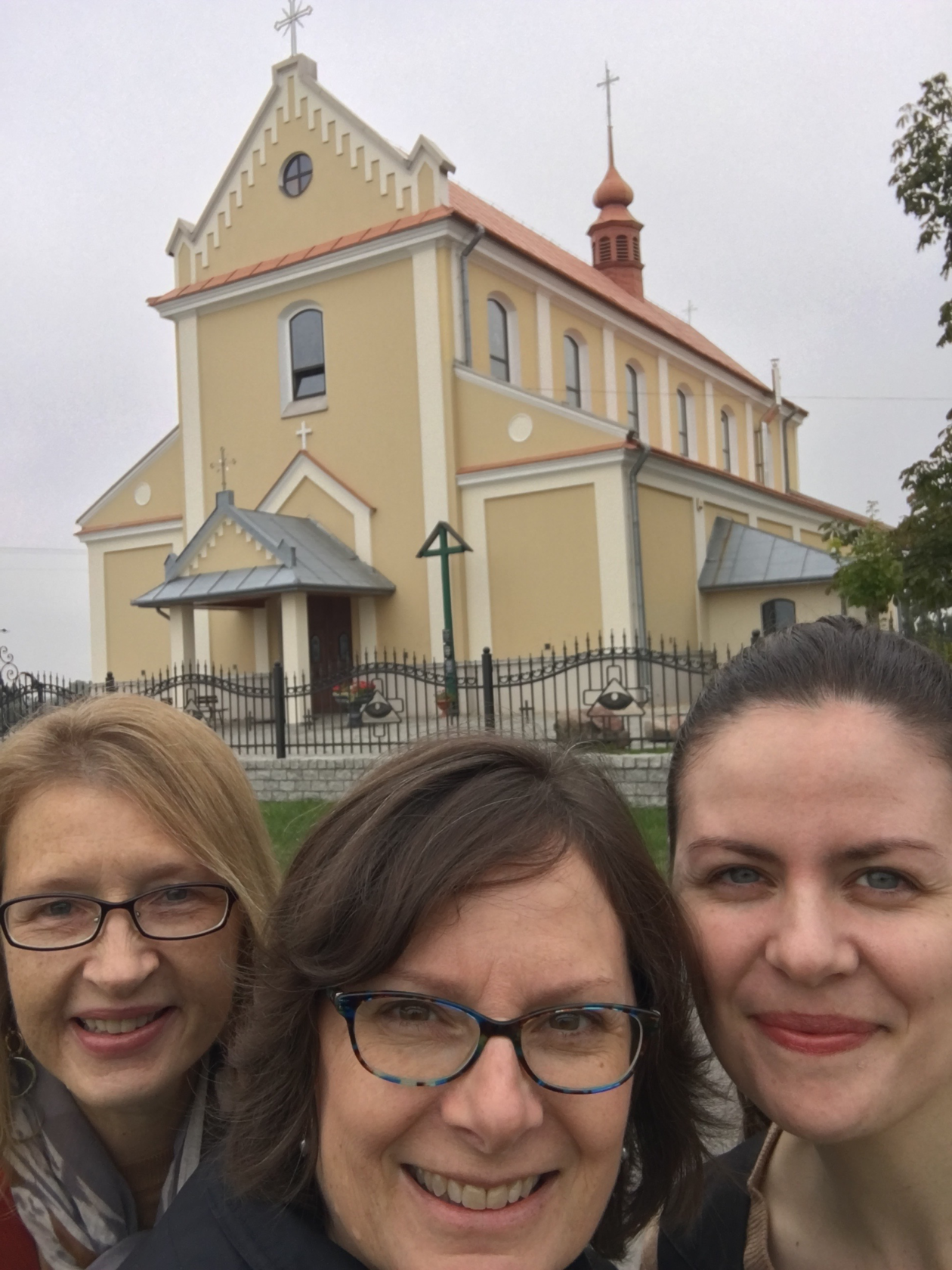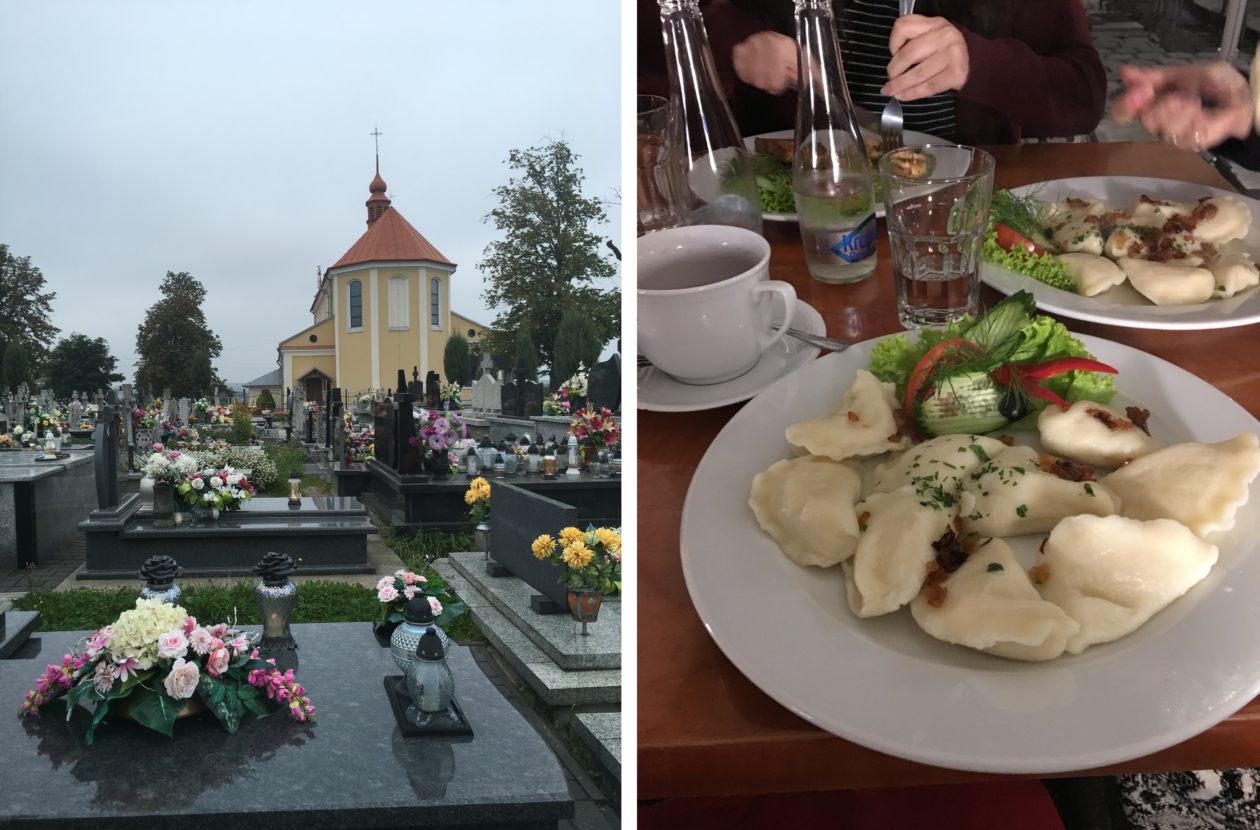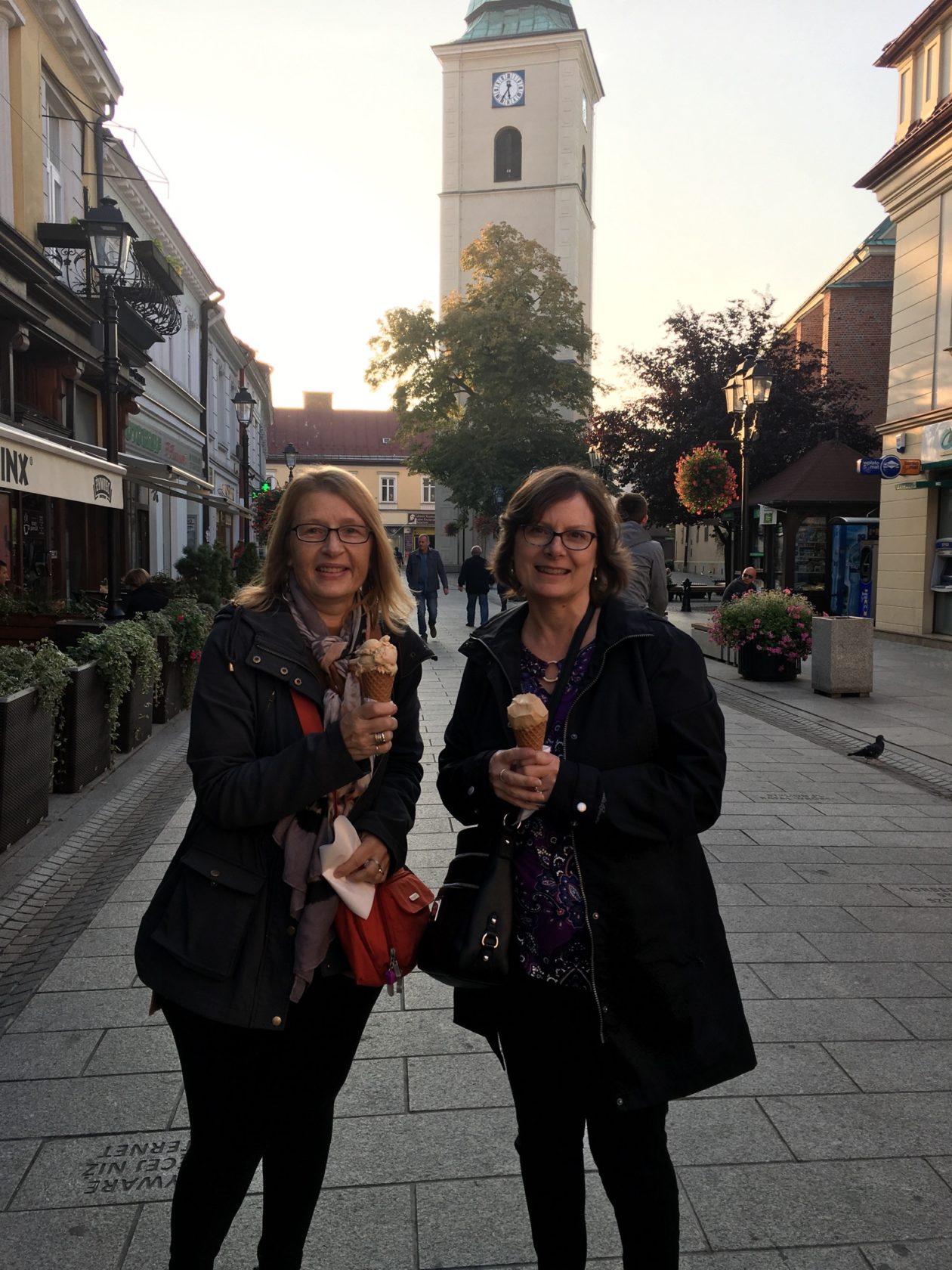I grew up opening all my presents on Christmas Eve and making pierogies at family get-togethers. I knew these traditions came from the Polish side of my family, but the knowledge ended there. My great-great-grandmother immigrated to the United States as a teenager, and she didn’t like to talk about the past. Her husband, my great-great-grandfather, also came from Poland, and they met somewhere in this country. But where, when and how—and exactly where they came from—has always been a mystery.
A few years ago, some members of my family started trying to unravel it. We combed through census documents, looked for birth certificates and marriage licenses, and spit into tubes, sending the vials off to be analyzed.
We’re not alone in this kind of research project. People have always been interested in their lineage—proving your ancestral line is how royal families held onto their power and prestige, after all—but the first uptick in genealogy fascination in recent years came in the 1970s, when Alex Haley published Roots, a wildly popular book (and later TV series) that chronicled his journey to understand his ancestry. The advent of the Internet further fueled interest by making it easier to do research, and in the past decade, consumer DNA kits have popped up everywhere. By the end of 2017, around 1 in 25 U.S. adults had used one of these kits. As of earlier this year, Ancestry.com alone has processed more than 15 million kits.
The Travel Trend
Now, increasingly, people are taking their genealogical research a step further and visiting the places where their family trees lead. In fact, Lonely Planet named ancestry exploration one of the top travel trends for 2019. But why is it so compelling?
Robin Hauck, director of business development and partnerships with EF Go Ahead Tours, has seen this uptick firsthand. “It’s just so important for people to fill in in actual living color where they’re from and how their ancestors lived,” she told NBC News. “It makes people feel more complete.”
That was the case for my mom, who feels drawn to the Polish side of her family, even though she has a higher percentage of English and Scottish DNA. “I’ve always felt a deep connection to the maternal side,” she told me. “I’ve always identified as being Polish more than any other country that my ancestors were from, probably because I spent a lot of time with my grandmother and great-grandmother as a child.”
We’d attended local Polish festivals, trying to learn more about the culture, but nothing is better than immersing yourself in it. So a month ago, I boarded a plane bound for Europe with my mom and her cousin to try to connect to our shared past.

Becoming More Well-Rounded
Travel of any kind can enhance one’s sense of well-being. It offers an opportunity to recharge and look at the world with a shifted perspective. When you have only a short time to explore, it’s easier to truly be present in the moment and appreciate each day. Even when we’re in a rush, travel to a new place invites us to slow down and take in a novel sensory experience. Heritage travel takes these benefits up a notch—there’s a deeper wellness aspect to this kind of journey.
As Hauck said, there’s a feeling of completeness that comes from knowing more about your background, from walking in the footsteps of your family members from generations ago. We carry little pieces of our ancestors with us, so it makes sense that we would want to understand their lives better.
Dr Ariel Raigrodski of Aesthetic Restorative & Implant Dentistry Northwest in Lynnwood, Washington traveled to Poland in 2012 with his father—who lived through World War II and the Holocaust—and his father’s cousin. For Dr Raigrodski, past president of the American Academy of Fixed Prosthodontics, the trip added another dimension in his connection with his father.
“It gave me some kind of a perspective that was different from what I thought before about the origins of my family, and the great things they went through and the tragedies they went through,” he says. “That was really the only time that my father truly opened up, especially with regards to his childhood memories.”
While Dr Raigrodski had his father as a guide in their trip to Poland, knowing exactly the northeastern town where he grew up, in my family, we weren’t quite sure where to go. Combining the DNA research that told us what regions we were most likely to hail from with the captions on old family photos, we visited a small village in southeastern Poland called Trzeboś. We hired a guide to take us to some of the noteworthy locations in the area, including a church that appeared in one of the photos we had. As we stepped out of the car in front of the church, the air felt electric. Could this be where my great-great-grandmother was baptized, where she attended midnight mass? Was her childhood home down the street? Did she go to school nearby?

Forging Connections
I didn’t definitively answer any of those questions, but through the visit, I gained a better understanding of how Poland’s history has shaped its people. They are resourceful, brave and hard-working. Whether these qualities are preserved in my own DNA, I can’t say—but I like to think they are.
We each related to little things—my mom loved the Poles’ obsession with ice cream (lody, which is, truly, everywhere), while I admired that pedestrians seemed to move at a brisk clip (as a fast walker myself).

There were more connections. The baggage handler at the airport in Kraków had the exact same nose as one of our relatives, and the food felt familiar. My mom ordered pierogies nearly every day. That was because she enjoys the taste, yes, but also because they represent more than just sustenance. “Part of the reason I loved eating and making pierogies so much was it was kind of a gathering of all generations,” she remembers. “We all got together and sat around the table. It was a group effort instead of just one person cooking the meal.” A bite of pierogi ruskie wasn’t just the deliciousness of cheese and potatoes—it was togetherness.
Heritage travel “makes you a more well-rounded person in understanding where you’re coming from, and gives you maybe a better perception of who you are and where you’re going,” Dr Raigrodski notes.
Like many families trying to piece together their histories, we’re left with more questions than answers. But I’m grateful that we went and learned what we could. As Dr Raigrodski notes, heritage travel “makes you a more well-rounded person in understanding where you’re coming from, and gives you maybe a better perception of who you are and where you’re going.”
A few years ago, my family started a tradition in February where we each research an ancestor and present a little information on that person, along with bringing a dish that was popular in their location and era. It feels grounding to connect with the past, like watering the roots of the tree on which we are the branches. I may never know exactly where my great-great-grandmother was from or what her childhood was like in Poland, but I do know I’m just a little bit closer than I ever have been to understanding the long-ago lives that shaped my own.



